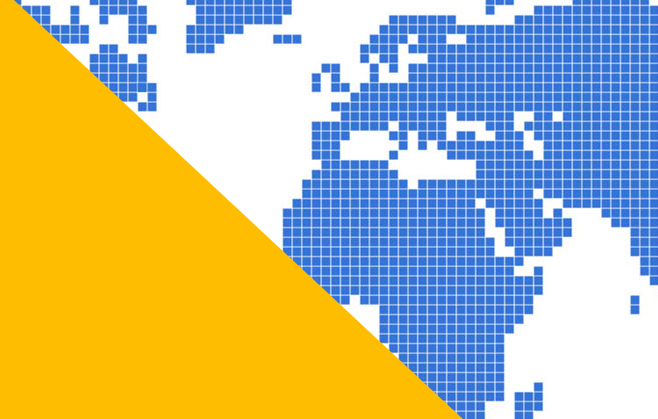
Social Good Summit 2015: Technology for change
This week has seen the Social Good Summit return to New York, in conjunction with UN Week. As ever, the annual event emphasised current conversations, and featured a star-studded line up of influential speakers.
The event came two days after the UN set its 17 sustainable development goals to be achieved within the next 15 years- these were specific aims inciting an end to poverty, hunger and gender inequality, and a call for climate action, peace, justice, and social responsibility amongst others. This year marked the summit’s sixth anniversary, and a unique theme focused on the world in 2030, centering specifically around the question: “What type of world do I want to live in by the year 2030?” Participants were asked to accompany online conversation with the hash tag #2030NOW. This year also saw the biggest in the summit’s history, with a truly international outreach- local meet ups surrounding the event were held in 109 countries globally.
As always, digital discussions were of high importance over the two-day conference, with talks on the role of technology in creating sustainability, and how social media could be used to incite change. In line with this, we particularly loved the talks, “Digitally Enabling Citizens”, which addressed online connectivity in developing countries, and “Social Media is the New First Responder”, which explored social media as a tool for showing human kindness and quick reaction to global affairs. The presentation and discussion, chaired by CBS correspondent Lara Logan, focused on recent crises such as the Nepal Earthquake, and how social media users facilitated action and support by bringing attention to this event first. And where the UN’s Global Goals are concerned, the event’s Opening Ceremony itself featured leaders such as Wikipedia founder Jimmy Wales, Ricardo Fuentes of Oxfam, and Helen Clark and Kathy Calvin of the UN, who explained how data and technology could be used to achieve these.
And on social media, the event’s hash tag, #2030NOW generated in excess of 1.6 billion impressions on Twitter and Instagram over the two-day period. It even reached the spot of the top Trending Topic in the US at that time. The hash tag helped to categorise the event’s discussion points ranging from the refugee and migrant crisis, to political solutions, to issues of gender inequality. Social media also played an important role this year in allowing summit attendees a voice. In a unique move, event partner Mastercard, allowed 140 visitors to the summit a 60-second opportunity to describe what actions they or their organziatons were taking to help end poverty. These short presentations were given inside Mastercard’s specially created “Priceless Pitch Elevator” inside the Mastercard Center for Inclusive Growth. Each was recorded and then posted on the company’s LinkedIn Page to their 150,000 followers.
Did you catch any of the talks or live stream videos this year? How do you think technology can be leveraged to reach important global goals? We’d love to hear your thoughts on the event, so please tweet to us @PracticeDigital and share your comments on our Facebook page.




